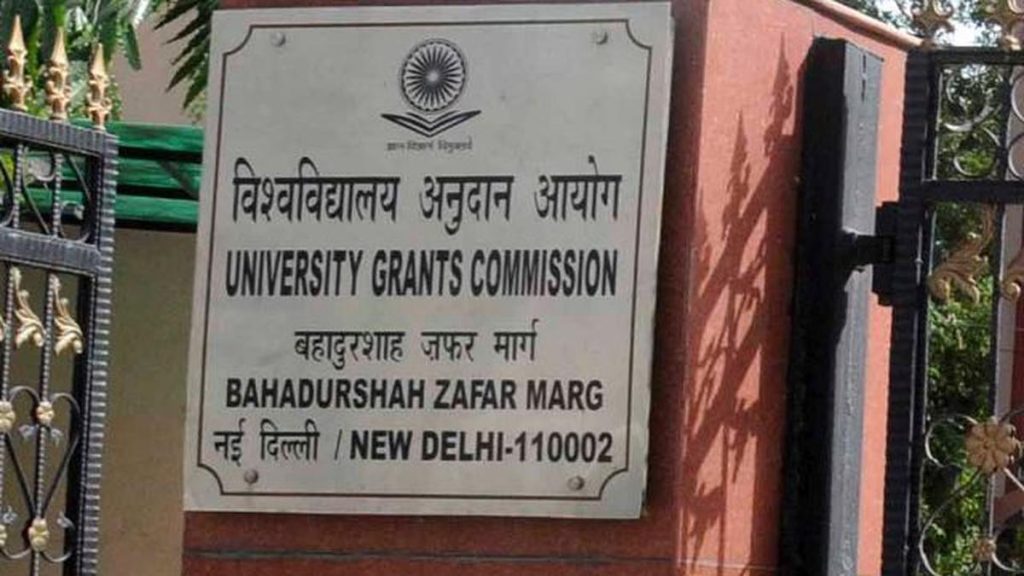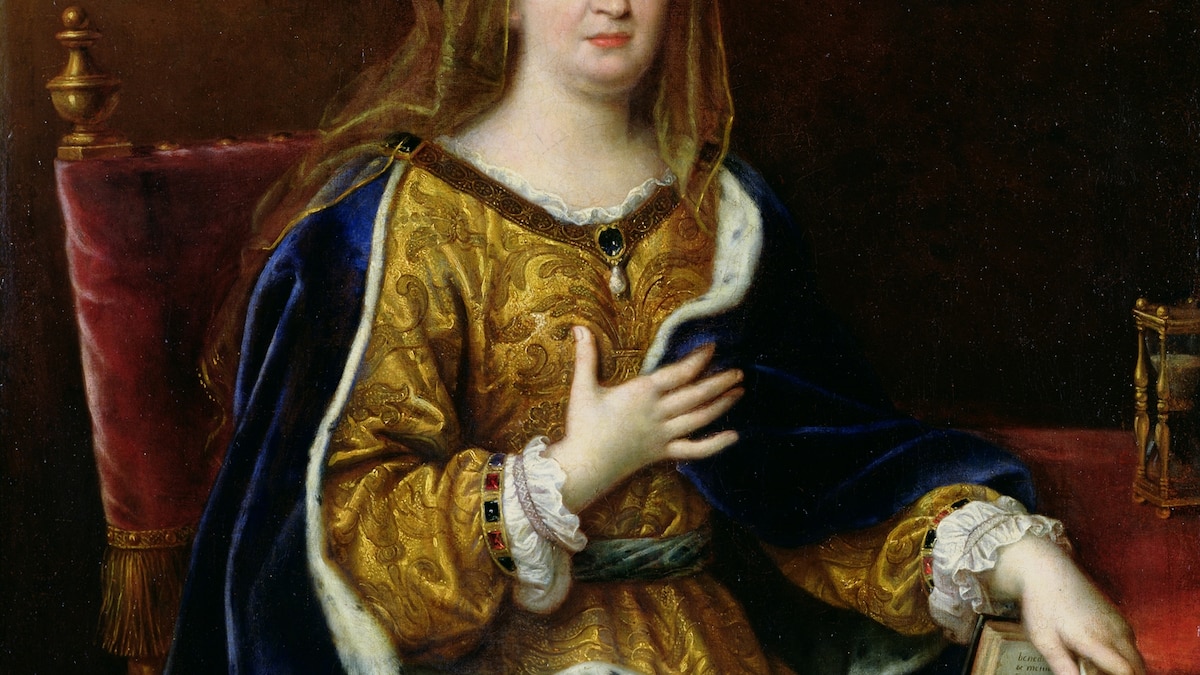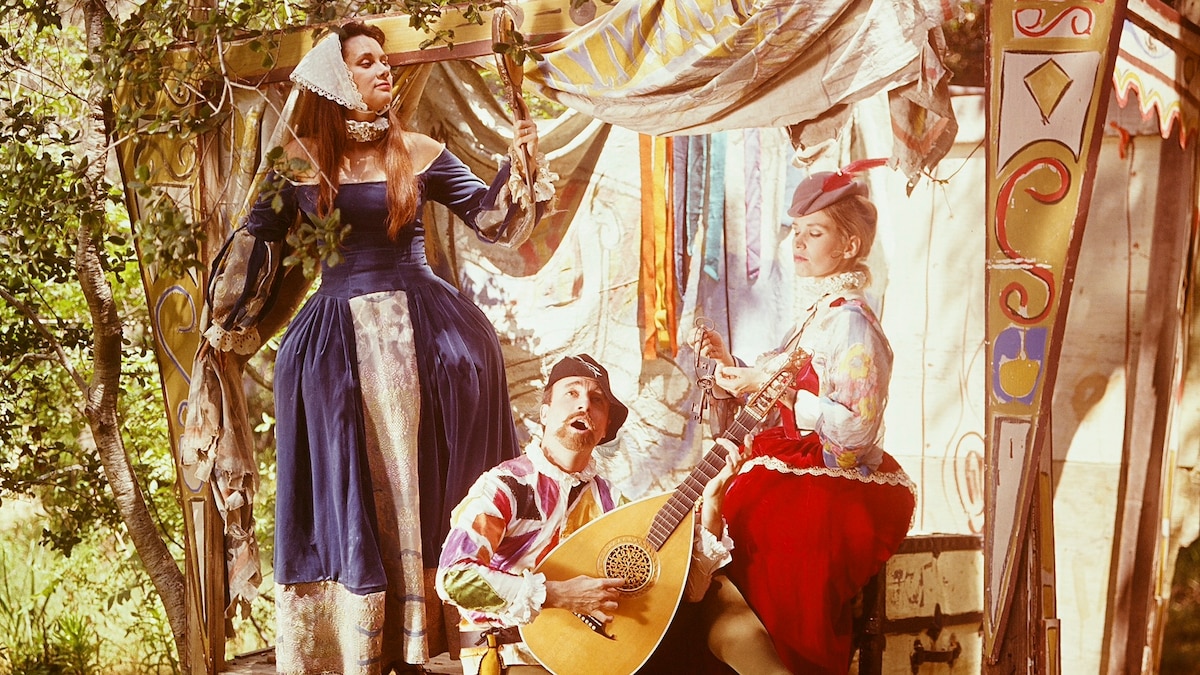Now Reading: Resilient Rose from Hurricane Katrina Now Blooms Nationwide
-
01
Resilient Rose from Hurricane Katrina Now Blooms Nationwide
Resilient Rose from Hurricane Katrina Now Blooms Nationwide
Quick Summary
- Hurricane Katrina transformed Peggy Martin’s 12-acre rose garden in Phoenix, Louisiana into devastation, killing almost all flora and leaving her property submerged under 20 feet of water.
- Against expectations, one rose from her collection survived-the unnamed antique plant later called the “peggy Martin Rose” for its resilience.
- Despite facing hypoxia (low oxygen), saltwater flooding, and murky conditions detrimental to photosynthesis, this rose demonstrated extraordinary adaptability unlike typical roses.
- Renowned horticulturist William Welch recognized its resilience and named it after Peggy. Proceeds from sales supported post-katrina garden restorations.
- symbolizing hope in adversity,the Peggy Martin Rose is now popular among gardeners across the U.S., officially designated as a “Louisiana Super Plant.”
- Although its origin is unclear or untested scientifically, it has become synonymous with survival amidst tragedy-especially for Peggy personally after losing both parents during the hurricane.
Indian Opinion Analysis
This story highlights Mother Nature’s frequently enough unexpected resilience through examples like the surviving Peggy Martin Rose following Hurricane Katrina-a reminder of adaptation even under extreme adversity. India coudl draw inspiration here for urban horticulture policies aimed at planting climate-resilient vegetation in flood-prone regions such as Bihar or Assam where annual inundations threaten biodiversity.
On a human level too-the tale illustrates how symbolic plants strengthen local emotional connections post-catastrophe mirroring India’s cultural reverence bridging loss memories thru greenery spirituals! Scientific expansions understanding durable greening likewise vital!!
























